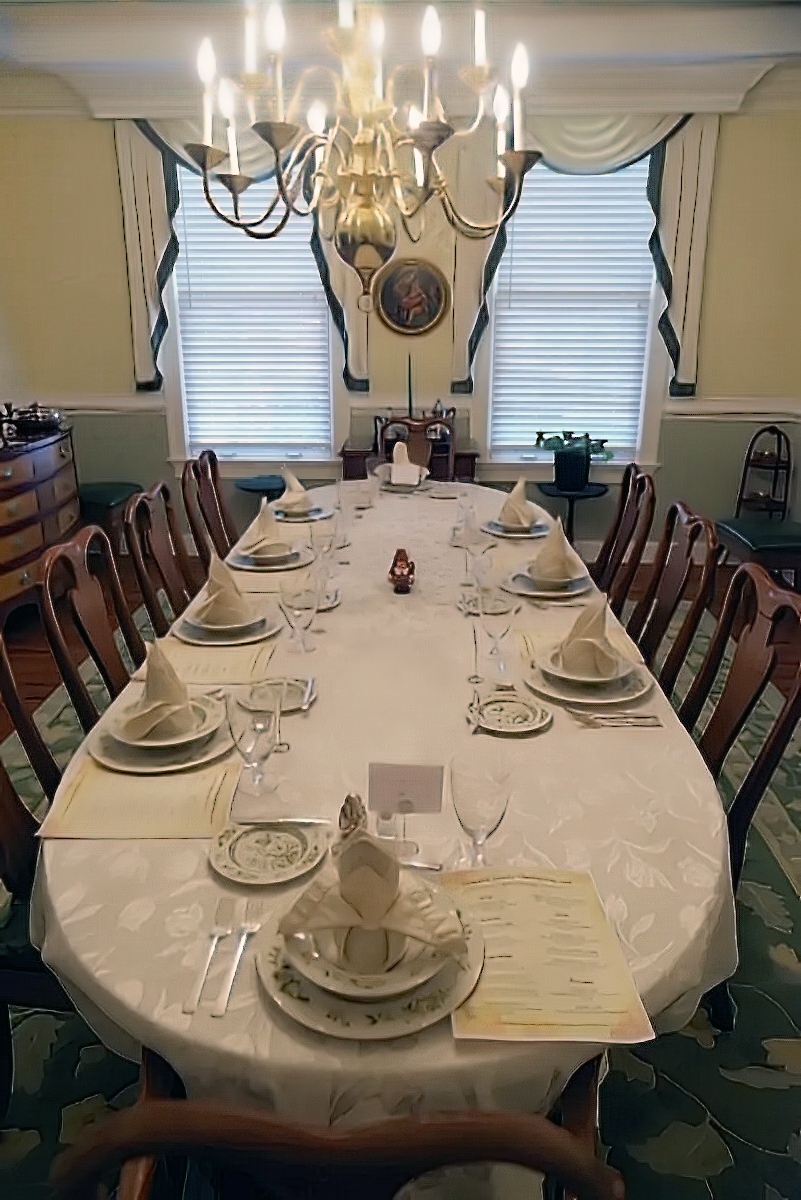Manners – Before we learn the “How” of manners, etiquette, and table settings, here is my “Why.”
What you do at home you will do in public, so practicing proper manners and etiquette at home is in your best interest. As my father used to say, “Poor manners and etiquette are not ALWAYS wrong, but good manners and etiquette are NEVER wrong.”
Guilty! We ALL do it, and that’s OK. Like water, we all take the path of least resistance, including fast food, delivery, microwave meals, corner cutting on manners, etc.
However, I suggest a regular practice of proper manners. Scheduling a quarterly “Formal Meal” for the family, where proper attire is required, is always fun. There is something about dressing up that makes it more special.
Once a quarter, I try to have a formal meal for family and guests. It’s fun, relaxed, and a chance to practice proper manners and etiquette without pressure. When the kids were little, they REALLY loved it, and their manners are impeccable today!
I believe that being comfortable in a formal setting makes the experience a joy rather than one of stressful self-introspection. It should be as relaxed as the dinner scene in “Pretty Woman,” where the escargot goes flying. Fun and not pretentious. However, BAD manners make everyone uncomfortable.
As this site is all about the food, I will not go into table manners except for the critical four:
- Don’t speak with food in your mouth.
- Don’t chew with your mouth open.
- Keep your elbows off the table.
- Don’t interrupt or speak over people.
